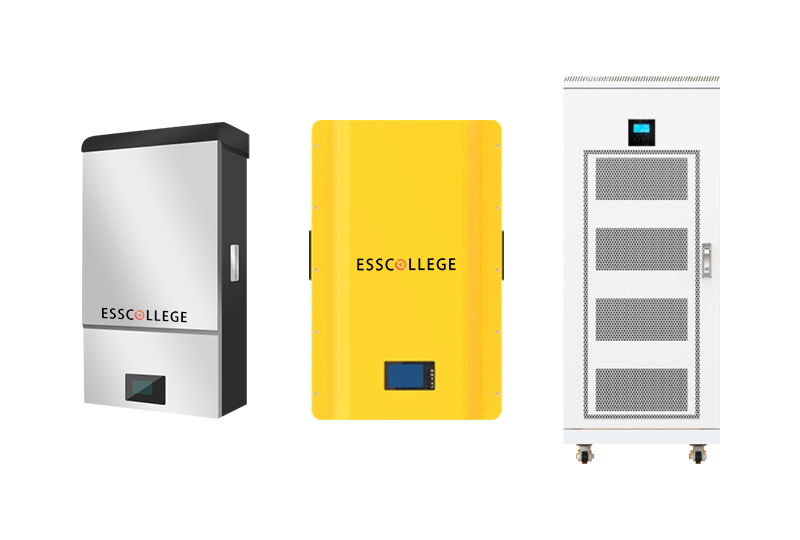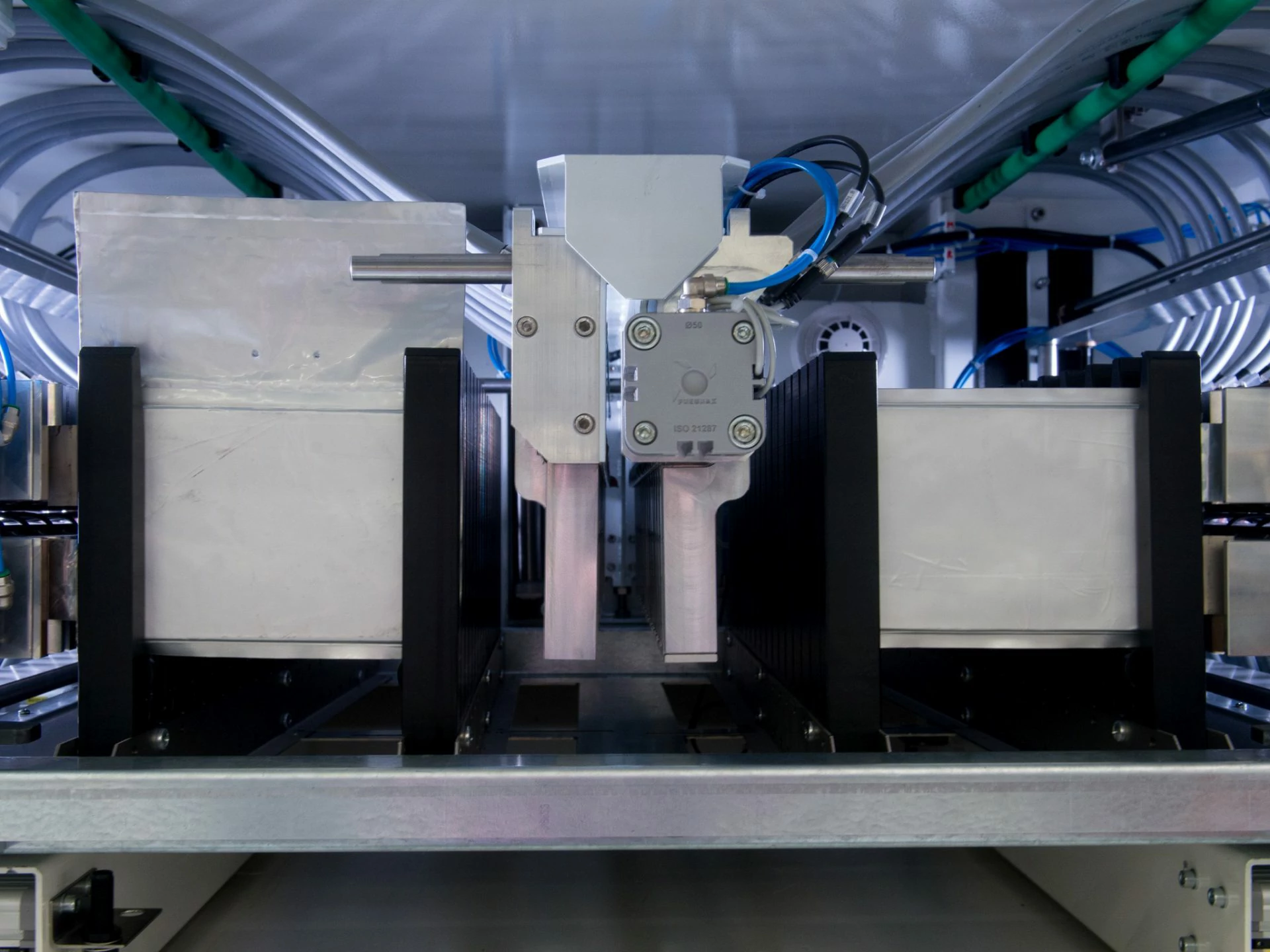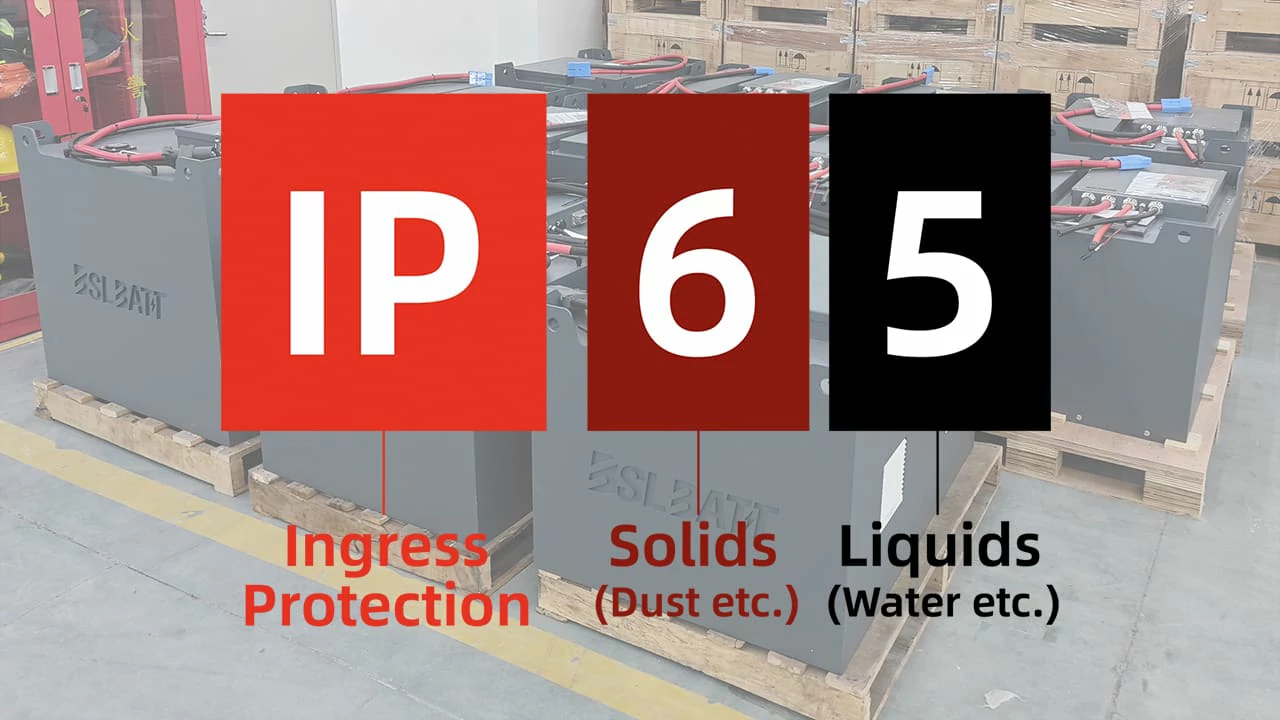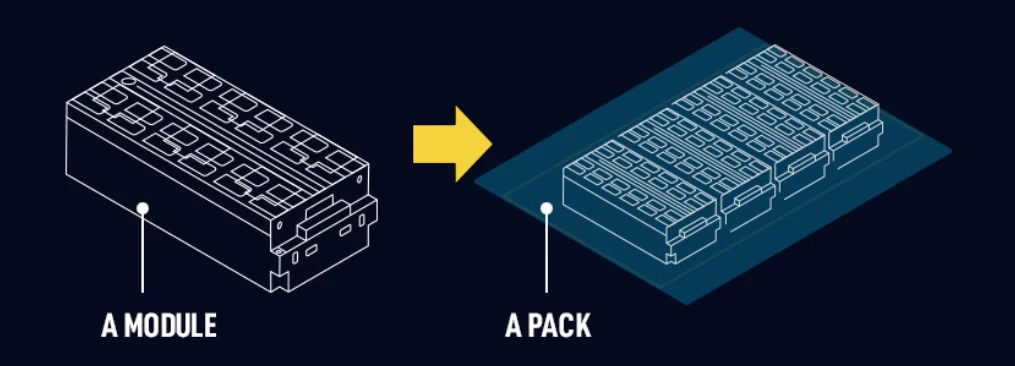Cycle life test of single cell battery With the development...
DC-DC conversion circuit in MPPT unit
Introduction
With the rapid development of renewable energy technology, photovoltaic power generation, as an important green energy, has gradually been widely used in the world. In order to improve the energy conversion efficiency of photovoltaic systems, Maximum Power Point Tracking (MPPT) technology came into being. The core of MPPT control strategy is the DC-DC conversion circuit, which realizes the optimization of the output power of photovoltaic modules by adjusting the relationship between input and output voltage. This paper will introduce in detail the working principle, type and application of DC-DC conversion circuit commonly used in MPPT unit.
maximum power point tracking (MPPT) principle
The output power of photovoltaic modules is affected by a number of factors, such as light intensity, temperature and load conditions. Under different operating conditions, the photovoltaic module will have a specific combination of output voltage and current, so that the power is maximum. MPPT technology works by monitoring the output voltage and current of the photovoltaic module and dynamically adjusting the operating point to always stay near the maximum power point (MPP). In order to achieve this goal, the DC-DC conversion circuit serves as the core component, regulating the output voltage of the photovoltaic module to the level suitable for the load.
the type of DC-DC conversion circuit
There are several main types of DC-DC conversion circuits, and these different topologies offer different voltage conversion ratios, efficiencies, and control complexities. The following are several common DC-DC conversion circuits.
Boost Converter
The main function of the boost converter is to raise the input voltage to a higher output voltage. It is mainly composed of switches, diodes, inductors and capacitors. The working principle is to change the energy storage and release in the inductor by controlling the switch on and off, so as to achieve the voltage increase. The boost converter is suitable for situations where the photovoltaic array voltage is lower than the load demand voltage.
Buck Converter
The function of the buck converter is to reduce the input voltage to the required output voltage, which is suitable for occasions where the output voltage of the photovoltaic module is higher than the load demand voltage. Its structure is similar to that of the boost converter, which is also composed of switches, diodes, inductors and capacitors. By adjusting the working period (duty cycle) of the switch, the voltage output can be achieved.
Buck-Boost Converter
The converter has the function of both boost and buck, and can keep the output voltage stable when the input voltage is higher or lower than the output voltage. This flexibility makes it useful in photovoltaic applications, especially in environments with highly fluctuating light conditions. Buck-Boost converter is relatively complex, but its versatility makes it widely used in MPPT systems.
Magnetic isolation type converters (such as forward and flyback converters)
Magnetically isolated converters achieve electrical isolation between input and output via a transformer, providing greater safety and flexibility. Forward and flyback converters are often used in applications that require high voltage gain and electrical isolation. Due to their additional isolation characteristics, these converters are suitable for photovoltaic grid-connected applications where electrical safety requirements are high.
the control strategy of DC-DC conversion circuit
In order to achieve efficient MPPT, the DC-DC conversion circuit needs to be accompanied by an effective control strategy. Common control strategies include:
Analog control method (Perturb and Observe, P&O)
P&O is a simple and effective MPPT control algorithm, which adjusts the operating point by perturbing the photovoltaic output voltage in a small amplitude and observing the power change. This method is simple and easy to implement, but can cause oscillations in a rapidly changing environment.
Incremental Conductance (IncCond)
Incremental conductance method determines the position of maximum power point by measuring the output voltage and current of photovoltaic modules and calculating the incremental conductivity. This method is relatively more accurate and has better dynamic response performance to rapidly changing lighting conditions.
Other control strategies
In addition to the above two, MPPT control strategy also includes fuzzy control, neural network control and other emerging technologies. These intelligent control methods combine machine learning and artificial intelligence to optimize maximum power tracking in more complex environments.
the application of DC-DC conversion circuit
In modern photovoltaic systems, DC-DC conversion circuit, as an important part of MPPT unit, is widely used in various photovoltaic power generation systems, including:
Off-grid photovoltaic systems: In areas that cannot be connected to the grid, DC-DC conversion circuits cooperate with energy storage devices to ensure continuous power supply of the load.
Grid-connected photovoltaic system: In the grid-connected photovoltaic system, the direct current of the photovoltaic module is converted into alternating current that meets the requirements of the grid through a DC-DC converter to achieve grid-connected photovoltaic energy.
Photovoltaic power stations: In large photovoltaic power stations, multiple DC-DC conversion modules can be combined to achieve higher output power and flexible power management.
Summary
The DC-DC conversion circuit plays a vital role in the MPPT unit by regulating the voltage to achieve the highest energy efficiency of the photovoltaic system. Different types of converters (such as boost, buck and lift types) have their own characteristics and are suitable for different application scenarios. Combined with the efficient control strategy, the DC-DC conversion circuit not only improves the energy conversion efficiency of the photovoltaic system, but also enhances its overall economy and reliability. With the continuous deepening of renewable energy applications, the development of DC-DC conversion circuits will further promote the innovation and application of photovoltaic technology.

Home energy storage product series
A lithium battery pack for home energy storage systems, which is compatible with solar panels and the sun The inverter can work together with the power grid to power household appliances, and it can also be used as a For off grid systems.
Extended reading
Safety protection level of battery pack
Safety protection level of battery pack Battery packs are widely...
THE ESSC Brand promise
Global supply
Our products sell well all over the world, covering many countries and regions, through the global logistics network, to provide customers with convenient purchasing experience.
Rigorous quality
We adhere to the highest quality control standards to ensure every product meets industry regulations and customer expectations, earning trust through consistent excellence.
Excellent service
With a customer-centric approach, we provide prompt responses, professional support, and personalized services, aiming to deliver the best user experience and long-term value.


